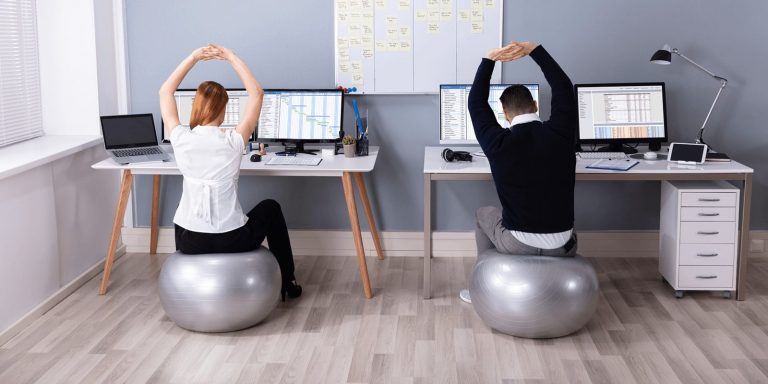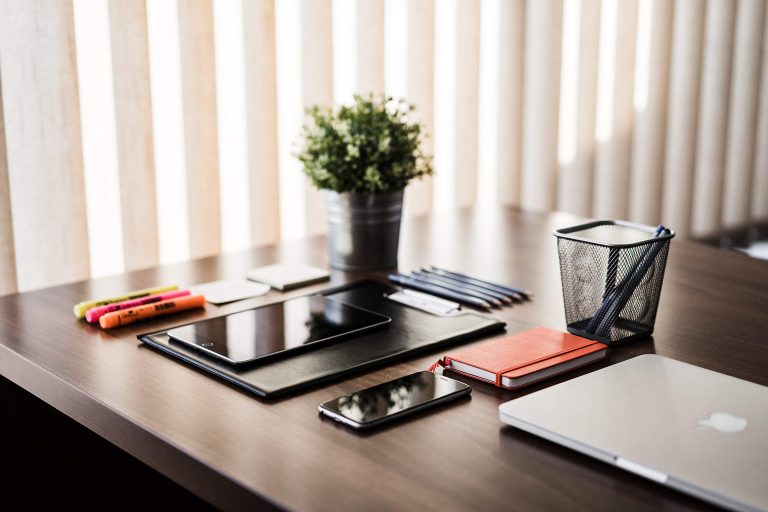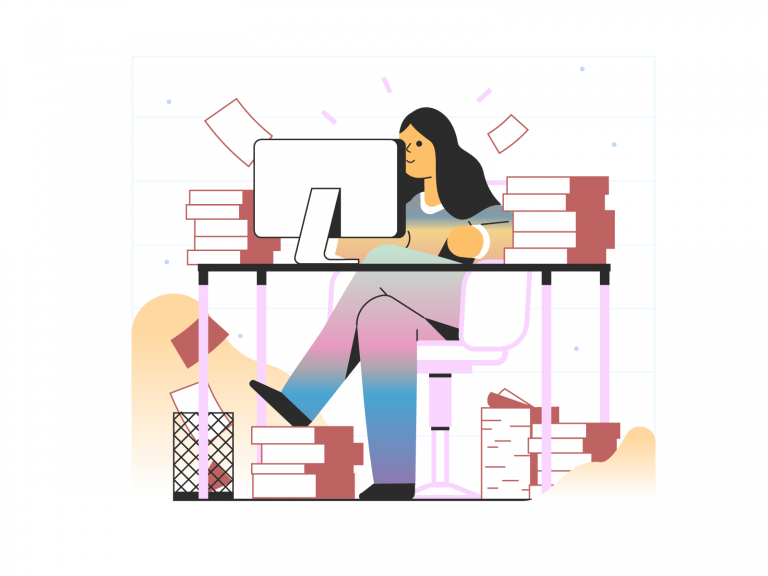
With a shift in working environments geared more towards a hybrid workstyle, more and more salarymen and students find themselves having to work or study from home. While that might prove to boost productivity and cut down on commuting time, thus maximising work hours, many might struggle with transitioning what used to be a living or leisure space into a workspace.
If you are finding yourself in a similar boat and are unsure where to start, we have some tips and tricks that can help you create a workspace that is not only comfortable but limits distractions and boosts productivity.
Optimize Ergonomics:

For many of us who work long hours in front of a computer, it is essential to have a workspace that can provide comfort through our 9 to 5 work hours.
It is crucial to have a spacious desk that can comfortably accommodate your devices and any reading or writing materials that you might need. A cramped surface might enforce poor posture, which can lead to aches and pains in the long run.
With desk space out of the way, you can focus on proper seating! Arguably one of the most important parts of the workspace setup.
Consider investing in an ergonomic chair that provides proper lumbar support and is adjustable to your preferred height. You can even pair it with an adjustable desk not only to ensure a comfortable working posture but also to ensure that you don’t spend too much time in your workday sitting.
While desks that can convert from a sitting to a standing position might be a bit pricier than your average desk, it is worth it in the long run when it comes to preserving your health and comfort.
Another helpful tip would be to position your computer monitor at eye level to reduce neck strain and use an ergonomic keyboard and mouse to prevent wrist discomfort.
Enhance Lighting:
To reduce eye strain, it is important to ensure that your workspace is well-lit. Eye strain is a common pitfall for those that work long hours behind a desk, between being subjected to the glare of computer monitors, or harsh overhead lighting for long hours.
When working from home, you are probably lucky enough to avoid harsh overhead lighting. As a substitute, maximize natural light by positioning your desk near a window.
Use adjustable curtains or blinds to control brightness and reduce glare on your computer screen. Feel free to turn down the brightness of your computer display to further protect your eyes.
If you are a glasses wearer, consider investing in blue light lenses to cut down on the harmful glare from staring at screens.
Add task lighting with a desk lamp to provide focused illumination for reading or writing. Adjustable lighting allows you to customize the brightness according to your needs.
While all these methods can help to protect your eyes, nothing beats frequent short breaks away from the screen, especially when you are beginning to experience fatigue.
Organise and Declutter:
To prevent yourself from getting overwhelmed and distracted, it is very important to keep yourself and your space organised.
Invest in storage solutions such as shelves, drawers, and organizers to keep your workspace clutter-free. Declutter outdated paperwork and establish a filing system for papers and documents for a more minimalist and organised desk.
Organisation does not need to be confined to the physical workspace. Spring clean your digital workspace often by removing outdated or duplicate copies of documents. A well-organised digital landscape can improve the functionality of your devices and make essential items easier to find.
A tidy environment contributes to a more efficient and focused work atmosphere.

Upgrade Technology and Connectivity:
As we rely more and more on our digital workspaces to get things done, it is very important to ensure your computer and other electronic devices are up to date and meet your work requirements. You can even consider using tools like a wireless keyboard and mouse for a more streamlined and efficient workspace.
However, that does not mean constantly upgrading your devices to the latest model, but rather ensuring your current devices are functioning at peak capacity.
Ensure that your software is updated often and that redundant files and programs are cleared frequently from your devices. An efficient and reliable computer setup is crucial for productivity.
If you have the budget, invest in a high-speed internet connection to cut down on waiting time when it comes to slow internet speeds. Especially if you are someone who downloads and exports large files often.
Create a Productive Layout:
Last but not least, optimise your home office layout to work best for you. While this differs from person to person, it is important to have a system that reminds you of your schedule and tasks that you might need to accomplish.
For some, it might be a whiteboard above the desktop, or for those who prefer a digital method to keep on track, an easy-to-use checklist app.
You can even arrange your home office furniture to create an efficient workflow, like keeping your printer next to your desktop, or stationery that is used often within easy reach.
It can be a great help to minimise unnecessary distractions in your workspace, like moving your home office out of the bedroom and away from the television.
To keep your desk as streamlined as possible, use cable management solutions to keep wires organized and prevent tangling. A well-organized layout contributes to a more efficient and visually appealing workspace.

If you are a tutor or student working and studying from home, it is important to personalize your home office to suit your preferences and work style. Experiment with different setups and adjustments until you find the configuration that enhances both comfort and efficiency for your specific needs. Regularly reassess and make improvements as necessary to maintain an optimal home office environment.
